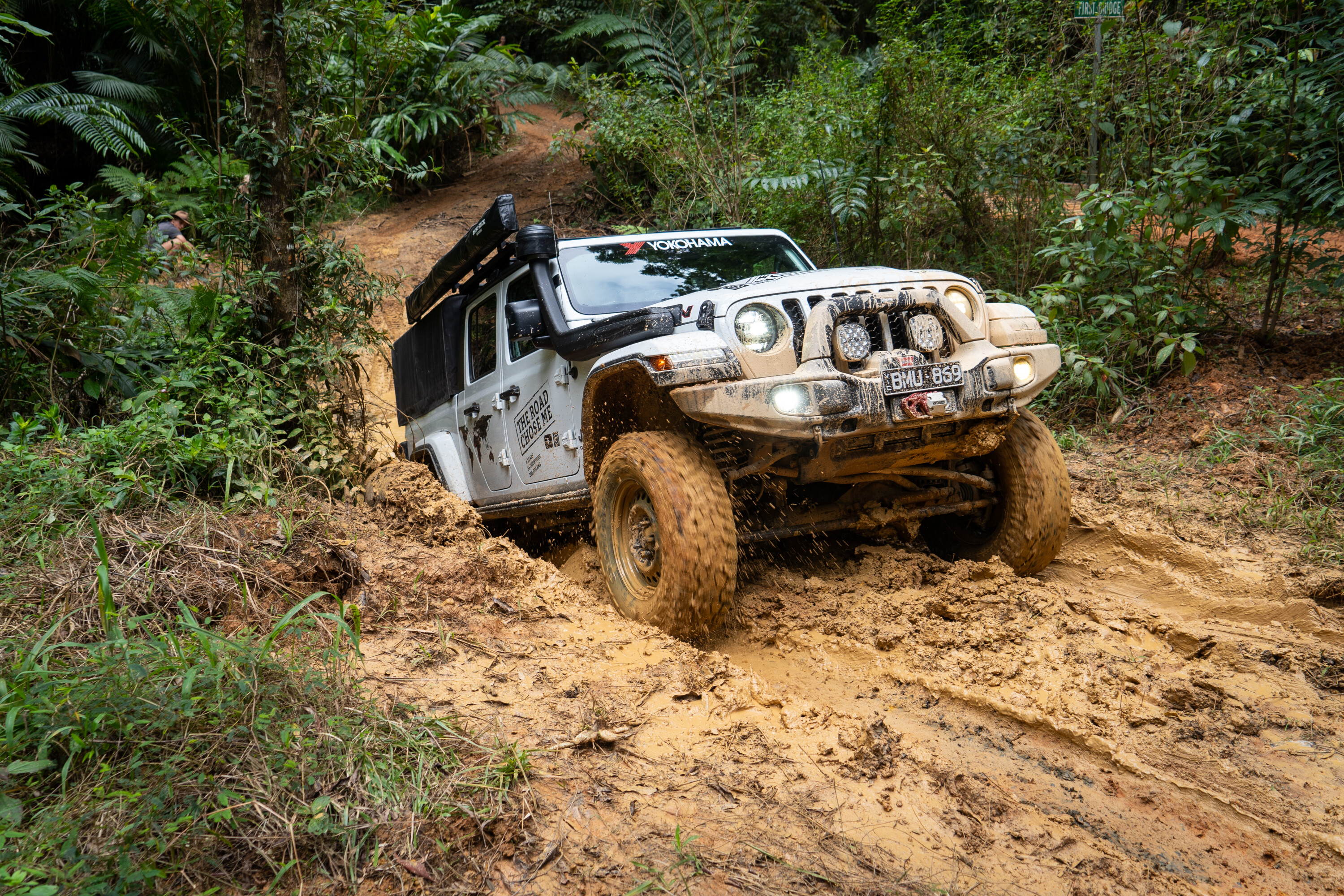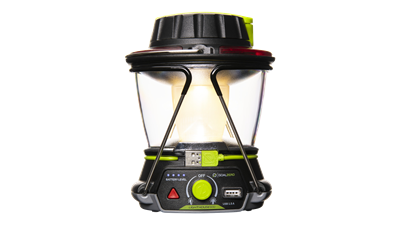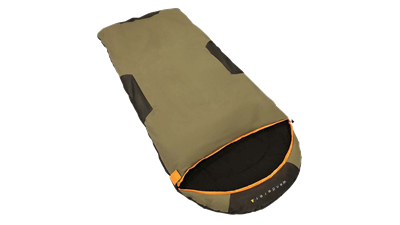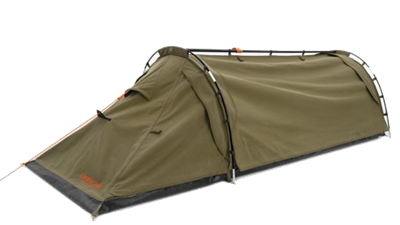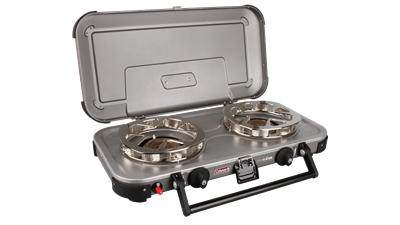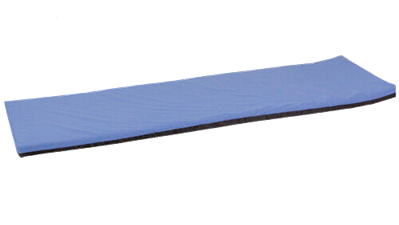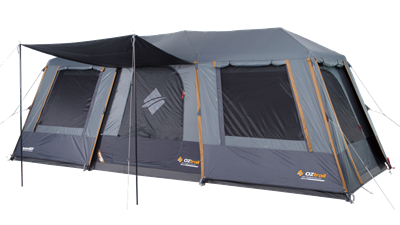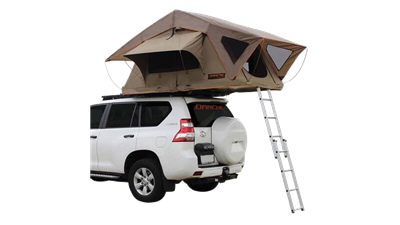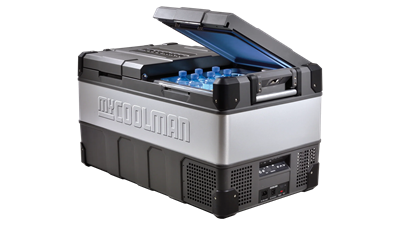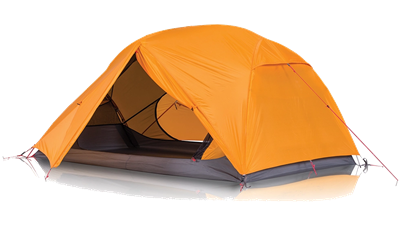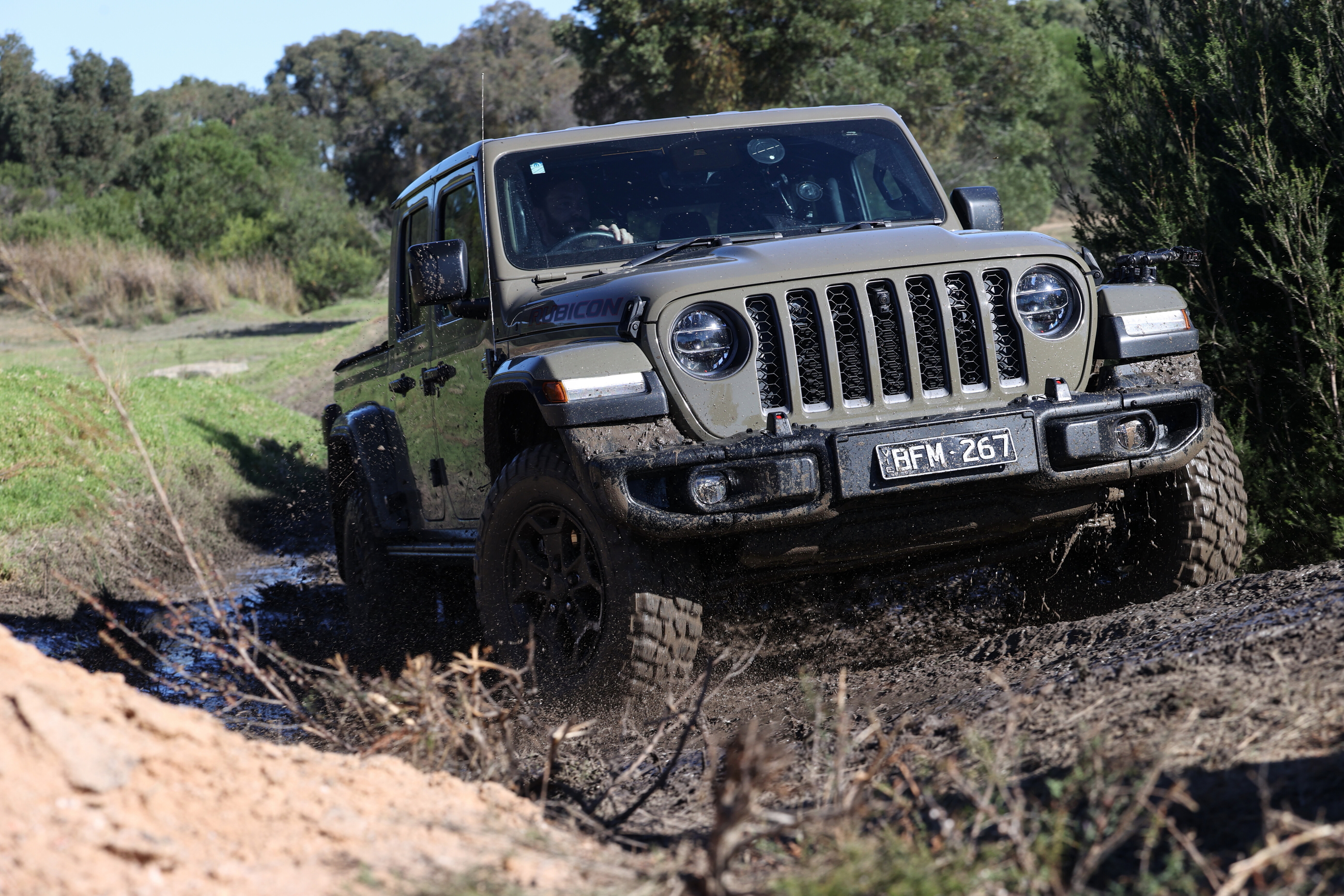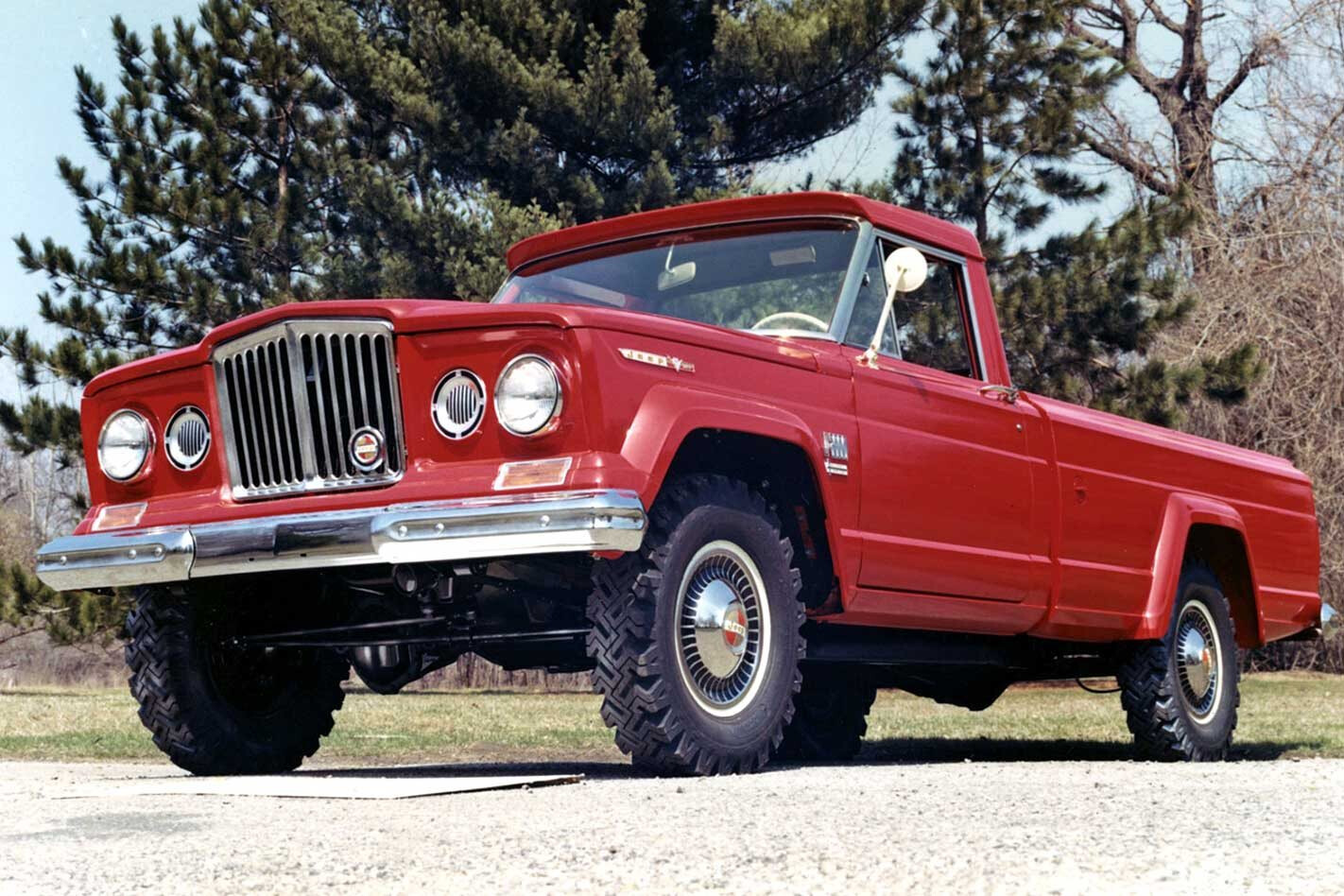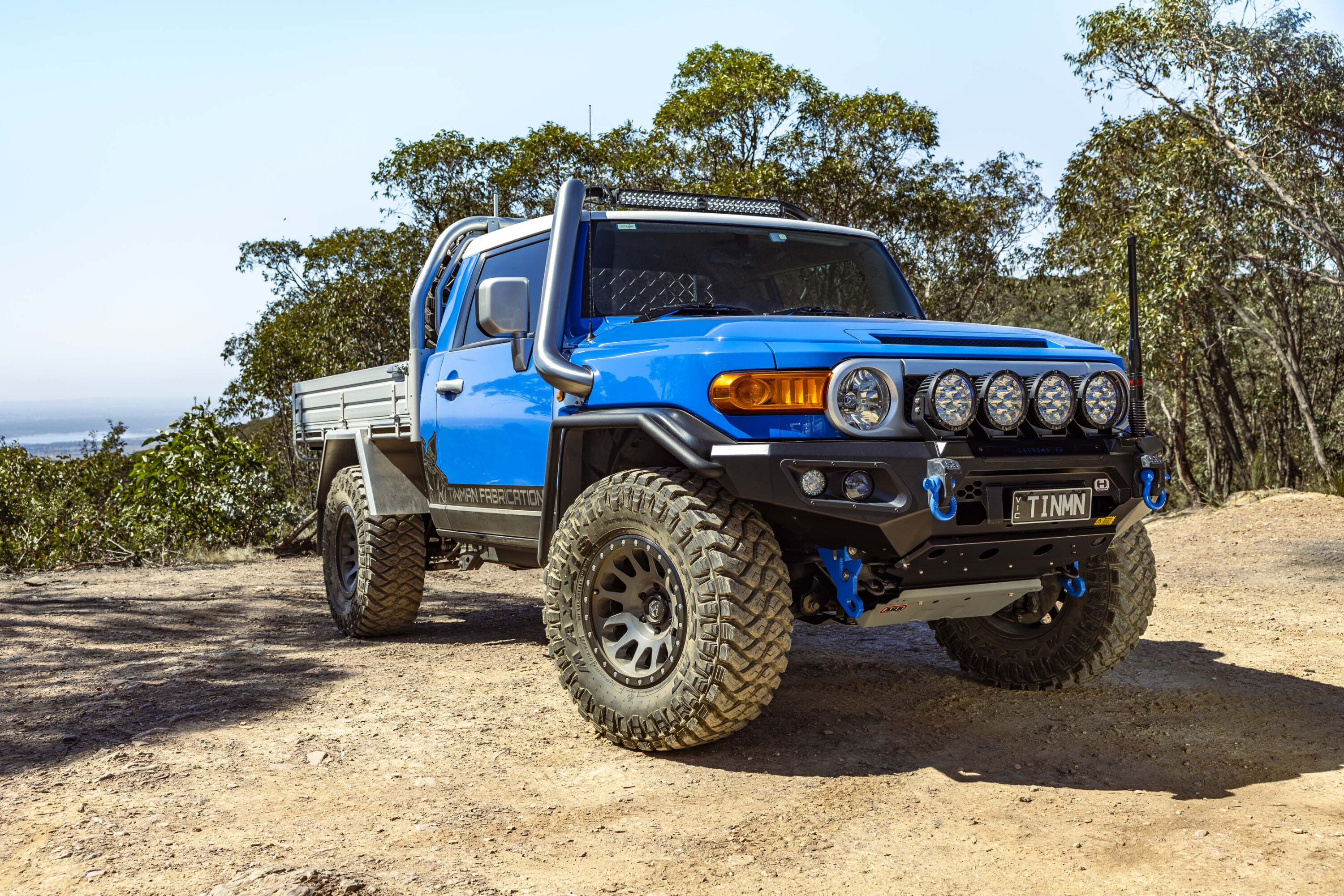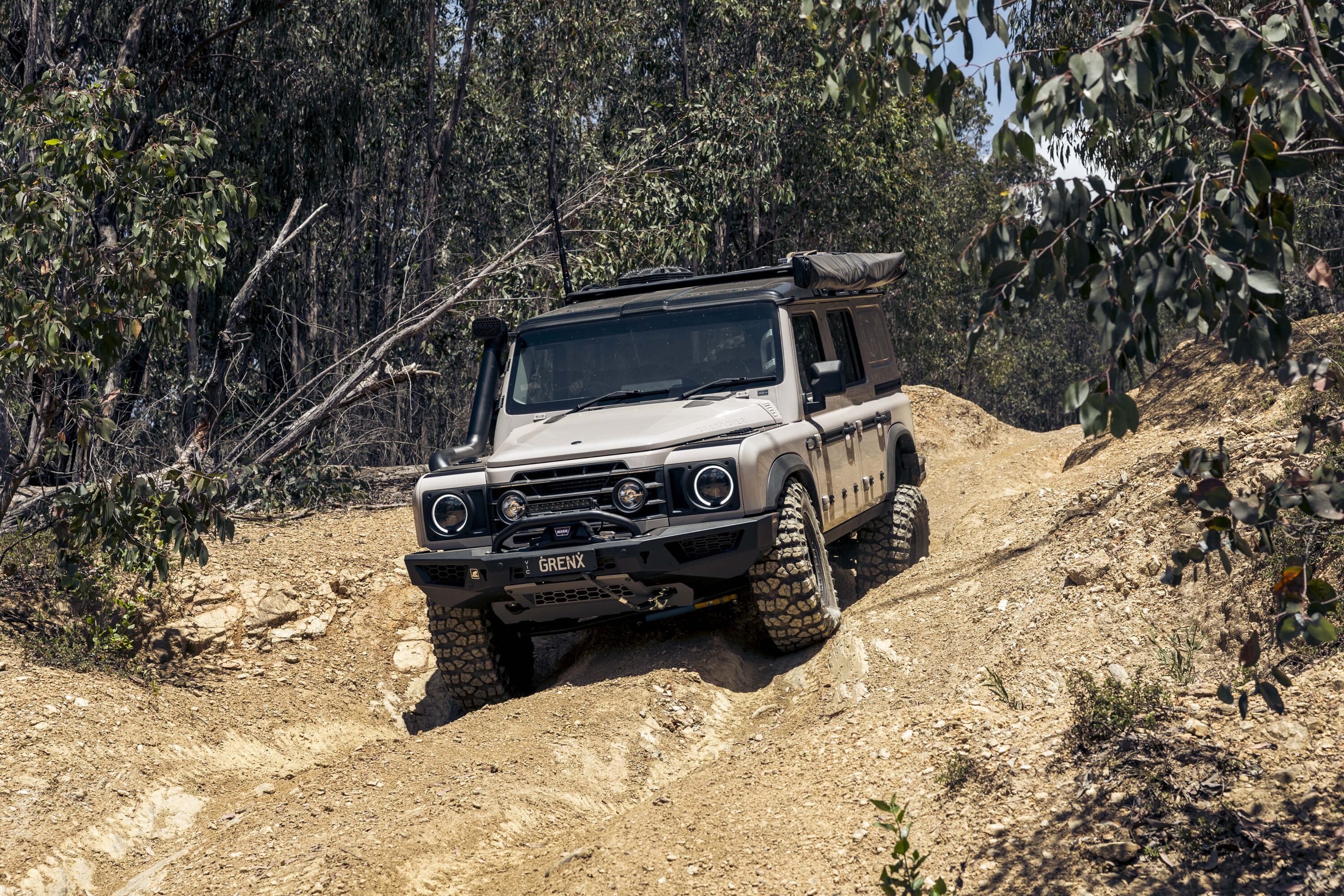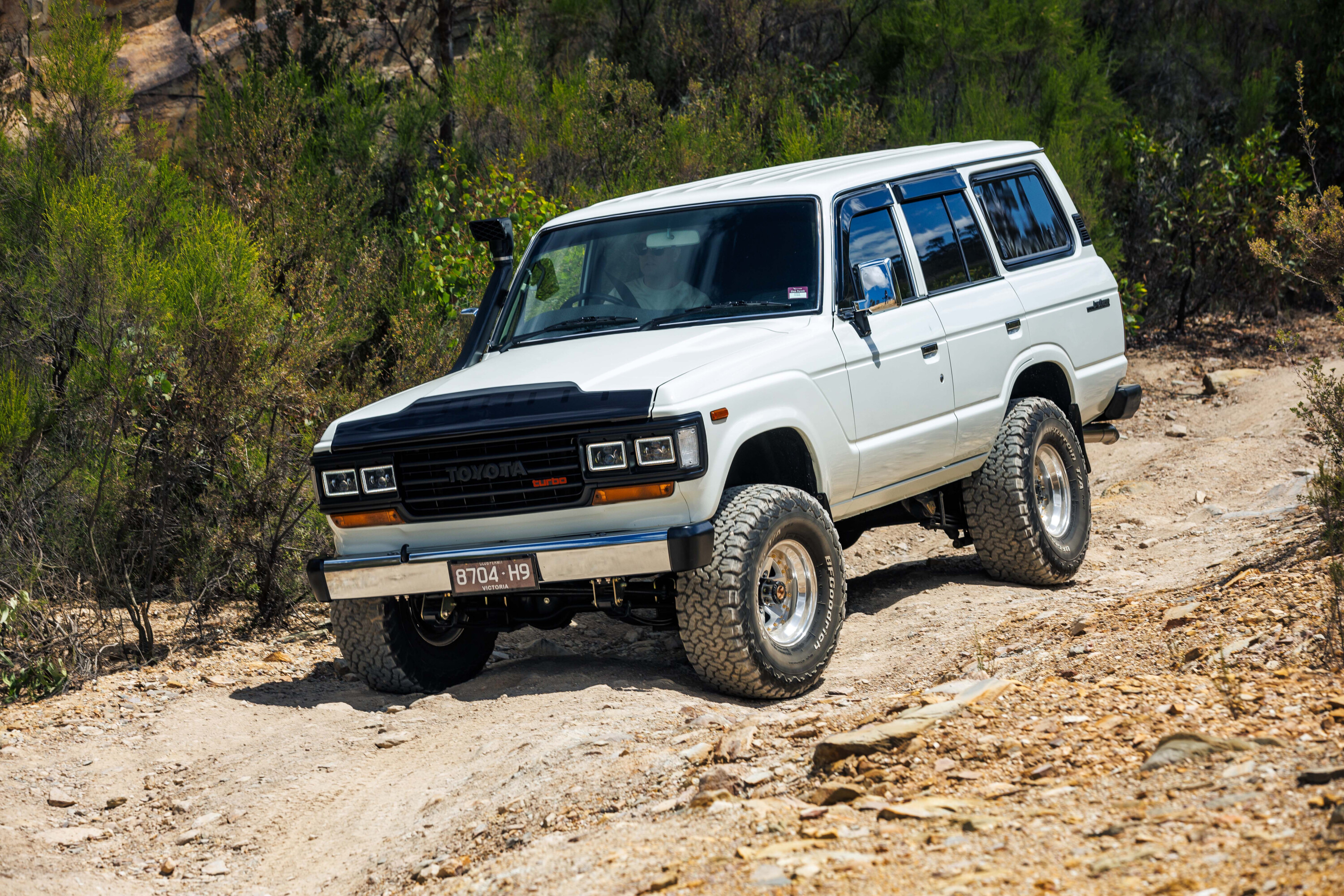The Jeep Gladiator arrived on Australian shores in the middle of 2020, and since then has been seen locally as an oddity.
While it’s clearly a long wheelbase ute, 298mm longer than a 79 Series LandCruiser, its payload is only half that of the Toyota, leaving many to wonder what exactly it’s good for.
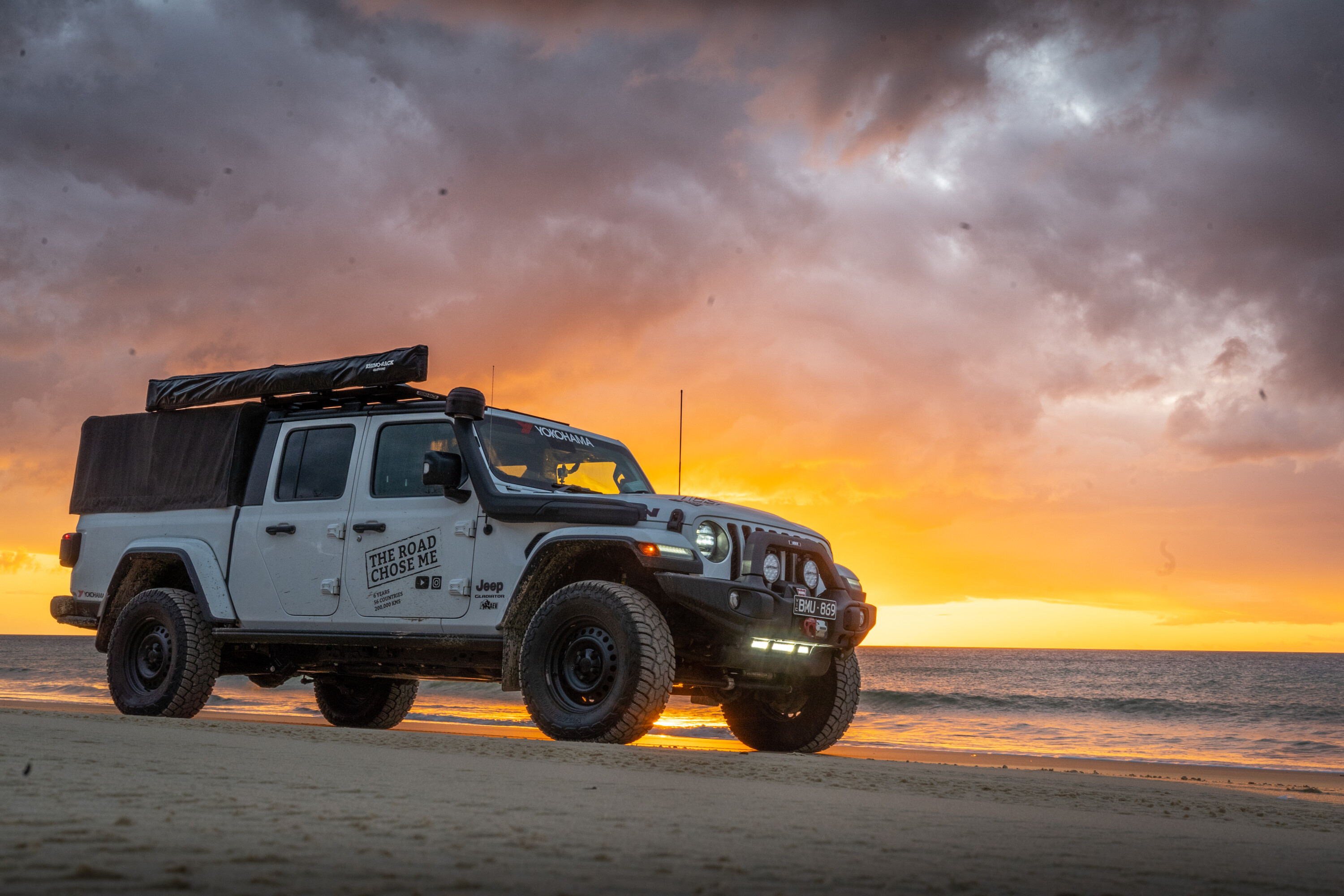
While Jeep’s marketing department would never be so blunt, the Gladiator is essentially a Wrangler with a wheelbase stretch and a five-foot bed bolted to the back. Thanks to that Wrangler heritage, the Gladiator undoubtedly has the off-road chops for more than just a fun weekend on the beach, and some would even say it doesn’t look half bad. That depends, of course, on which half you happen to be looking at.
And while it’s great to have a big beach-buggy with removable roof and doors for some weekend fun in the sun, the question remains as to whether the Gladiator is up to the real challenge of tens of thousands of kilometres in tough Aussie conditions.
The test
To answer this nagging question that used to keep me up at night, I outfitted a Gladiator as a full-time Aussie tourer, then lapped the continent. I didn’t just stick to the bitumen, either.
The goal was to explore all the remote corners, wild tracks and iconic destinations as I made my way around this wide brown land. I ventured deep into LandCruiser country with an unproven newcomer, and I honestly didn’t know how it would go.
Explore Australia
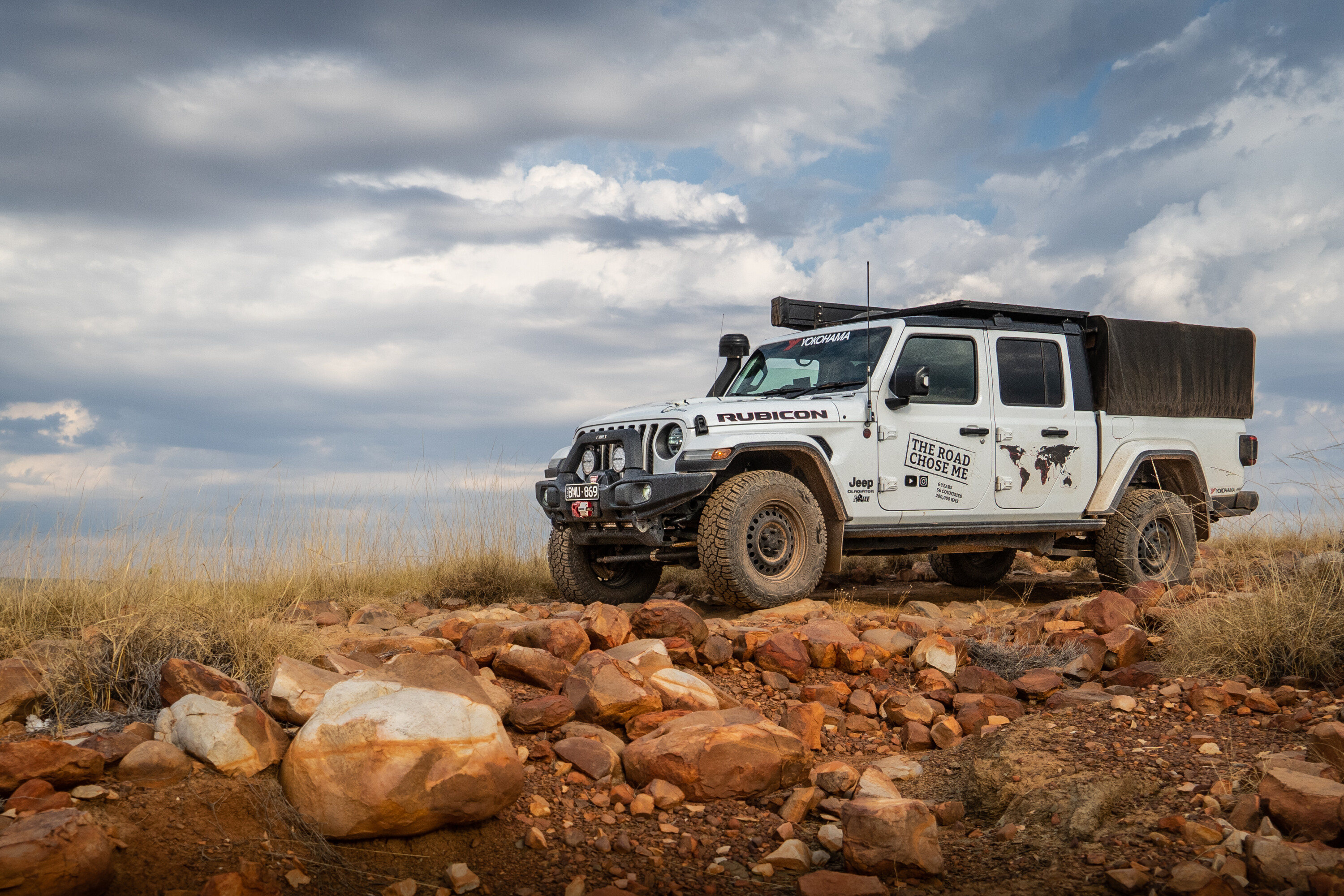
Just 12 months after acquiring the Gladiator, I would cross the Simpson on the Madigan Line, tackle the CREB, Frenchman’s and The Old Tele up in Cape York, explore Fraser Island from top to bottom, scramble around The Victorian High Country, criss-cross Tasmania, South Australia and the Northern Territory, then cross the Top End along the Gibb River Road, and finish off the 60,000km expedition by venturing the length of the remote Canning Stock Route.
How would the Gladiator go? After pondering this question for way too long, there was really only one way to find out.
The build
The modest payload of the Gladiator would be the biggest limiting factor when planning this epic drive.
Once loaded with enough fuel, water, food and gear to safely cross the Simpson Desert, precious little payload would remain for luxuries, and each and every kilo of additional weight had to be carefully scrutinised.
In factory trim the Rubicon package is equipped with front and rear lockers, an electronic swaybar disconnect, 4.1:1 axle ratios and a very low 4.0:1 low-range reduction, giving an impressive crawl ratio of 77.2:1.

Make no mistake, the Rubicon Gladiator is bred from generations of rock-crawling Wranglers, and it means business. Aiming to avoid problems with the constabulary in every state of the country, I equipped the Gladiator with modest 33-inch tyres on steel rims that could be hammered back into shape in the event of damage.
Expecting to cover thousands of kilometres of nasty corrugations in a vehicle sitting very close to its maximum legal weight rating, suspension choice was critical. For decades, aftermarket Jeep suspension has focused on increased height, though with the growth of off-road touring in the States (overlanding, as the Yanks call it), the aftermarket now offers complete packages designed to carry constant heavy loads, as-is the case with the latest offering from American Expedition Vehicles (AEV).
Rather than a camper or traditional rooftop tent that would raise the centre of gravity and compromise handling, I chose to sleep in a swag for the entire 12-month adventure. I have a simple canvas canopy sewn up to cover the bed, which is a lightweight and durable solution to keep out the sun and dust.
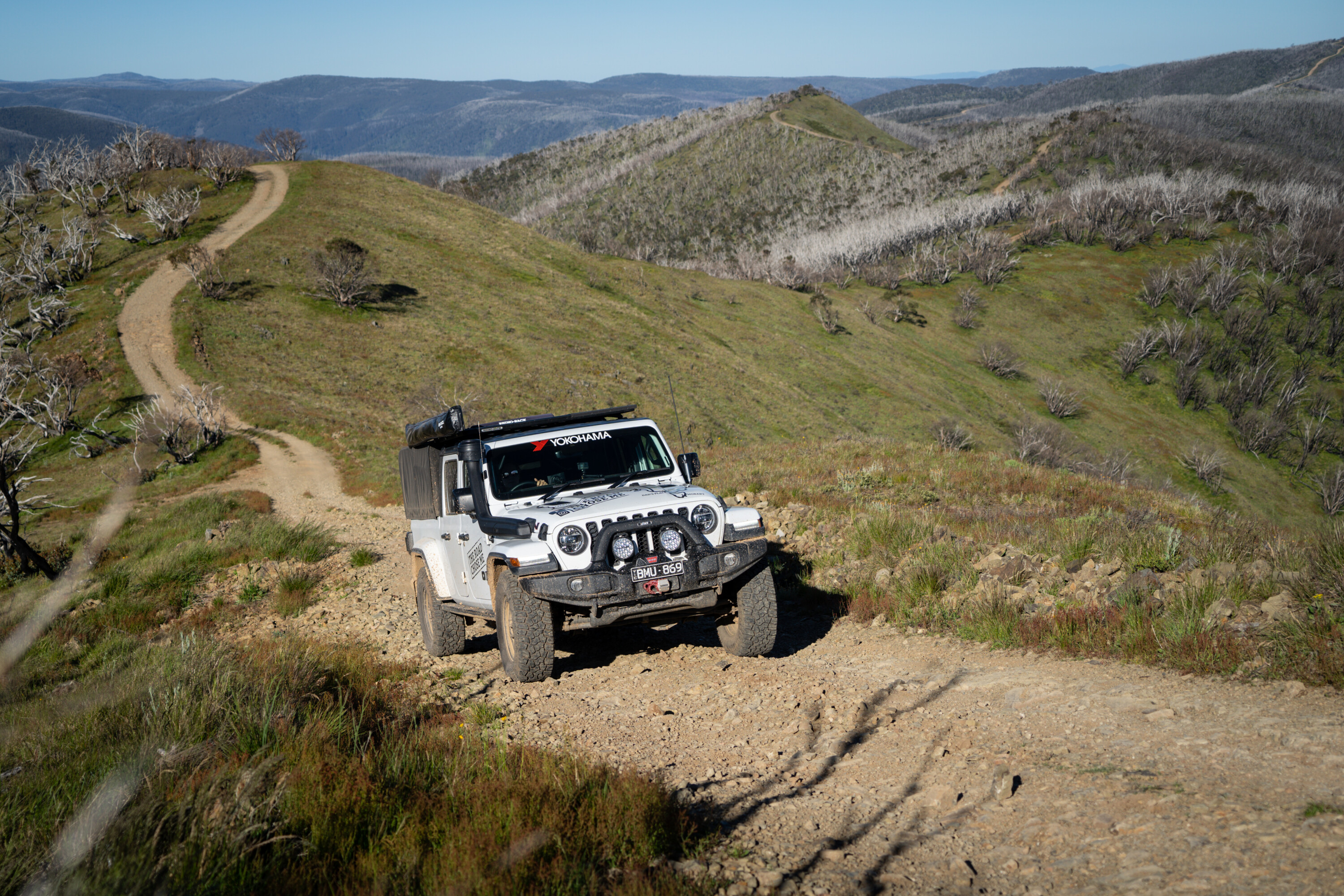
The standard Gladiator fuel tank is a modest 83L, and where I was going, carrying additional fuel was a must. I fitted a 70-litre auxiliary tank from The Long Ranger, giving a total capacity of 153 litres. Hoping to avoid a cracked radiator from a quick introduction to Skippy, I added a steel bullbar and skid plate to protect the steering, an integrated Warn winch, LED lights and a UHF radio.
For camp comforts I added a 55L drinking-water tank, a huge pull-out kitchen and Dometic fridge, a lithium battery, a charge controller, a roof rack, a solar panel and a 270° Batwing awning with zip-on walls so we could escape the weather.
Feeling timid about working on the first new vehicle I’ve ever purchased, I jumped straight in the deep end, drilling holes in the roof on Day 1 to mount the sturdy Rhino-Rack, and cutting a large hole in the bonnet on day two to mount the snorkel.
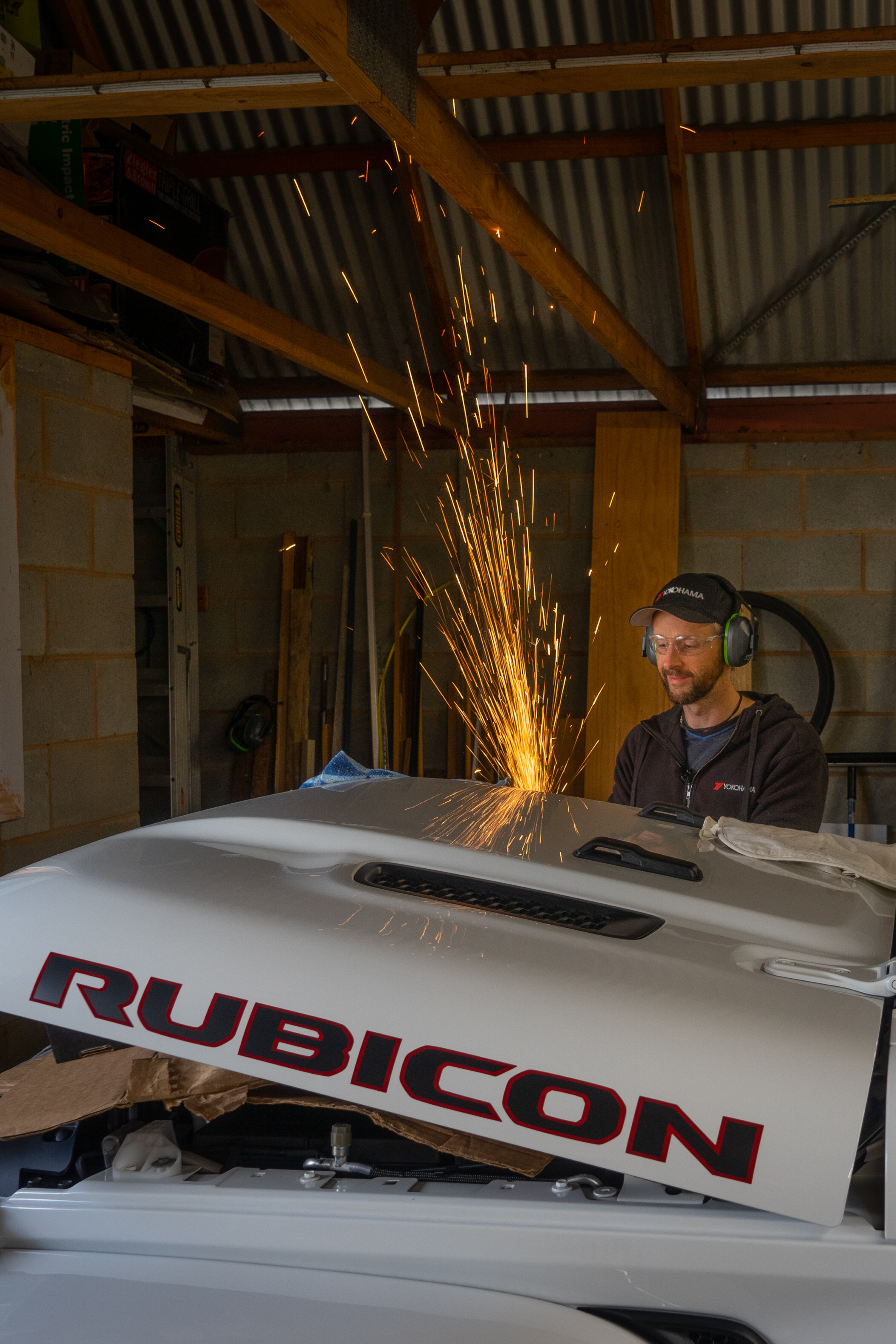
As weeks turned into months, dad and I worked long days, slowly transferring the huge pile of boxes onto the Jeep. Together with my partner Katie we hit the road, and over 12 months we explored all the remote corners and iconic tracks I had dreamed about for years. As the kilometres rolled by, we got to know the Gladiator well, and it soon became the third member of the journey.
Believe it or not, we successfully completed the 60,000km adventure, making it right around the country and ticking off all the bucket list destinations. As well as Australia, we learned a thing or two about Jeeps… and more than we ever wanted to know about flies and dust.
Here’s how the Jeep Gladiator Rubicon fared.
Service and warranty
It’s no secret the Jeep brand in Australia does not have the same support as Toyota or Ford, and while that is certainly true, the question that really matters is whether there is enough support to get the job done.
Around Australia I always had the Gladiator serviced at official Jeep dealers, and found them to be professional and capable. Services were completed in almost every state and territory, and with a little forward planning it was never a problem to locate a dealer wherever I wound up.

On paper, the Gladiator is sold with a 100,000km, five-year all-inclusive warranty, and I did experience one issue that put this to the test. After a few months and 10,000km, the main touch screen on the dash refused to function.
The problem was intermittent, so I was worried about potential water intrusion or a dodgy connection in some deeply buried wiring loom. While the vehicle still drove perfectly fine, losing the radio, satnav, reversing camera and a bunch of other features was a major pain, and unacceptable for such a new vehicle. Much to my delight, and then horror, the dealer in Adelaide diagnosed the problem less than thirty minutes after my arrival.
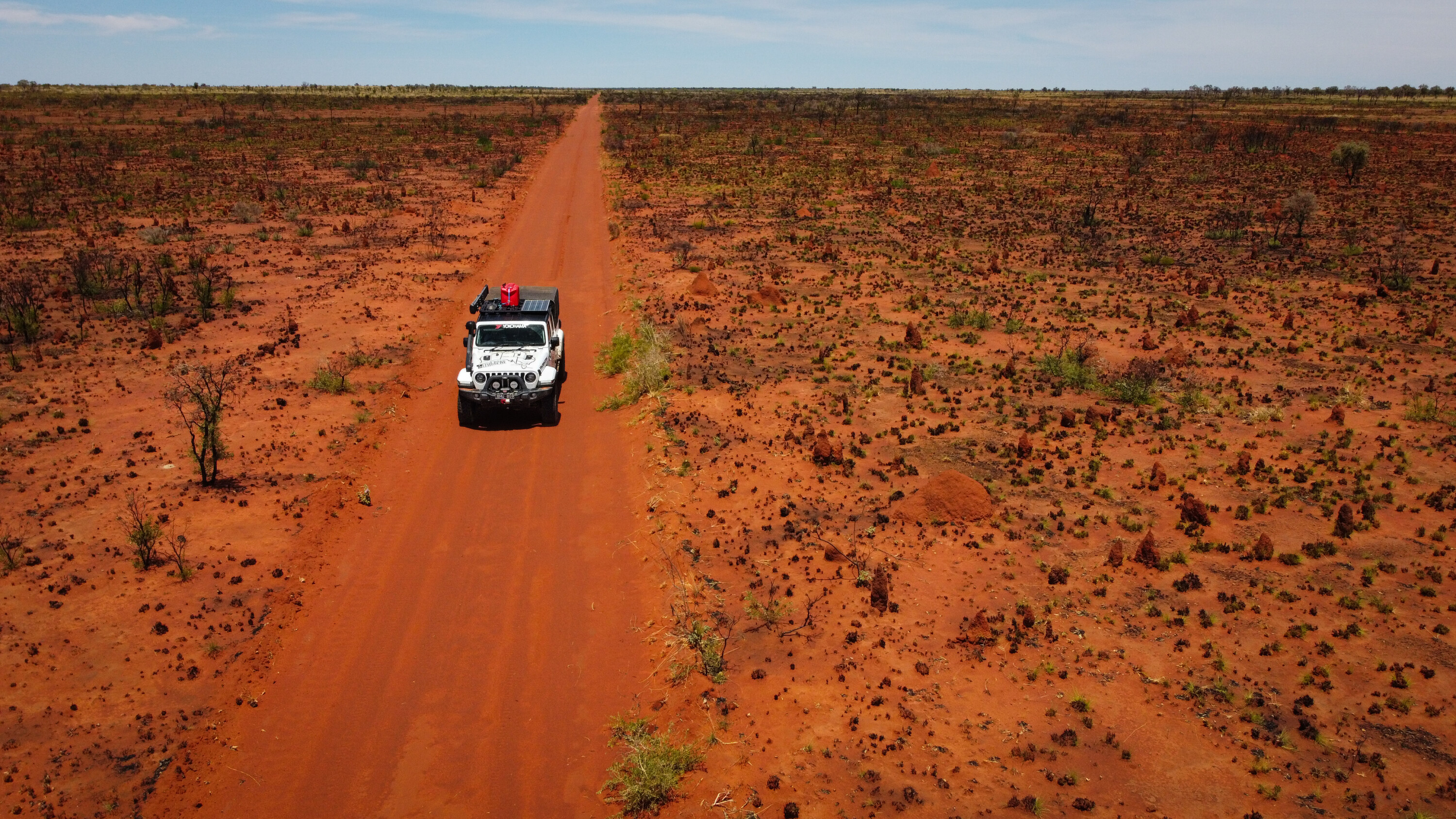
As soon as the problem was clear I must have turned many shades of red, feeling every bit the fool. In what is easily my most bone-headed move of all time, I had drilled into a wiring harness while mounting the fridge. Inside the harness, multiple wires were stripped bare, and had been shorting ever since.
Without heaping it on me, Jeep repaired the wiring and had me back on the road in just a few hours. This issue was entirely caused by my own stupidity, so I was shocked when the dealer split the bill with me, leaving me just a couple of hundred dollars out of pocket.
I certainly can’t complain about that.
Reliability
Discussions about vehicle reliability often turn into a series of personal anecdotes about this or that vehicle and how it either saved a person’s life or left them stranded.
There’s no doubt Jeep in Australia is working hard to repair its less-than-stellar reputation on that front, and I can only add my own anecdotes to the list.
I was told repeatedly that carrying a spare alternator is essential for outback travel. Having never replaced one while driving well over 200,000km through 55 countries in some of the worst conditions on the planet, I often wondered about this advice that is taken as gospel across Australia.
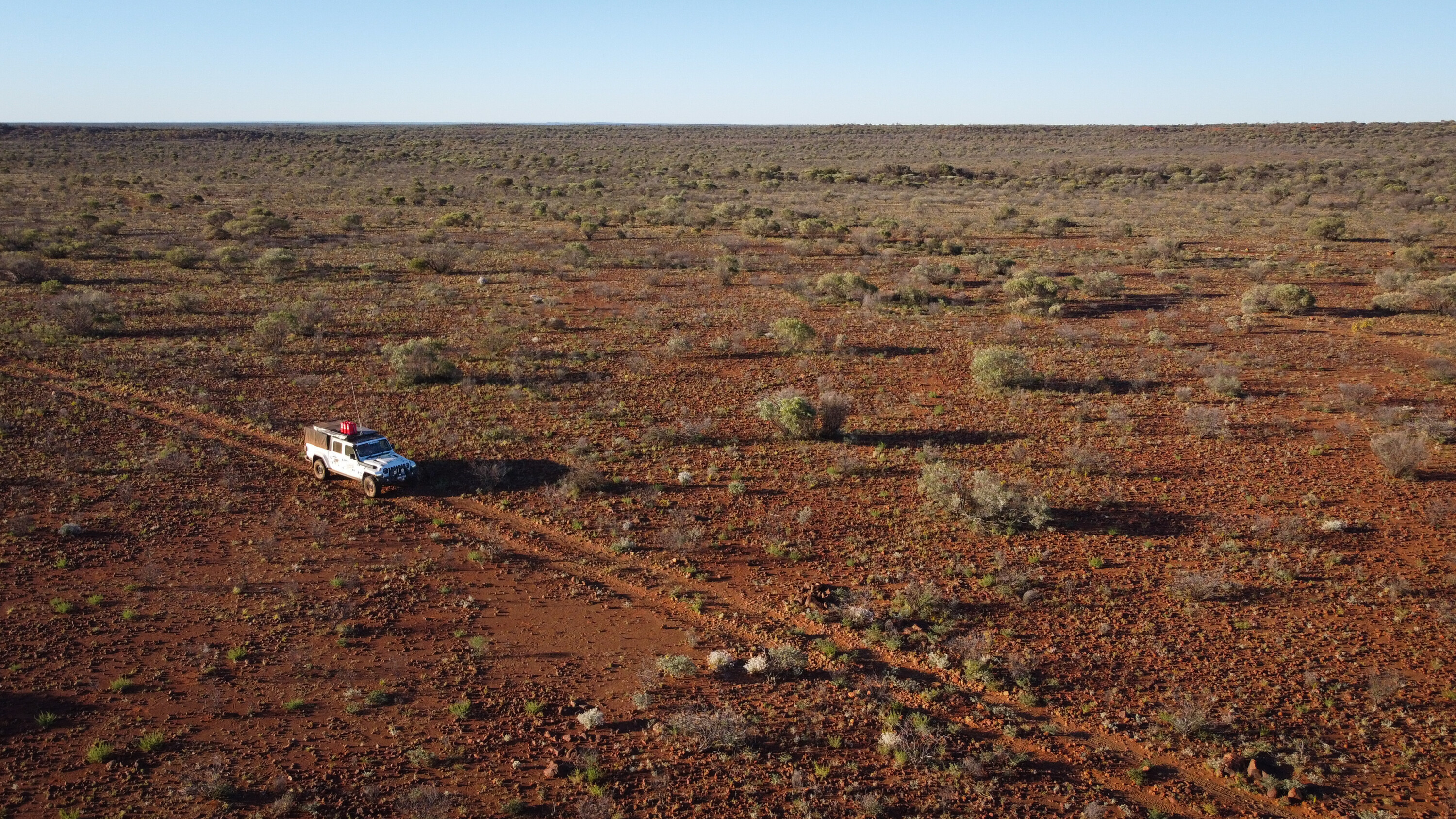
While tackling the Old Tele with a bunch of LandCruisers, I soon learned the reason for this ancient wisdom – alternator placement. While Toyota mysteriously mounts them as low as possible on the engine, to achieve its 750mm water fording capability, the Gladiator’s alternator is mounted at the very top of the engine, and is therefore the last under-bonnet item to be submerged in deep crossings.
While all the LandCruisers that tackled the Old Tele with me have since replaced their silt and mud-laden alternators, the high mount alternator on the Jeep barely saw a drop of water.
While we’re on the topic of alternators, the Gladiator is equipped with a 240A unit from the factory, so not only did it never need replacing, it also didn’t need to be upgraded.
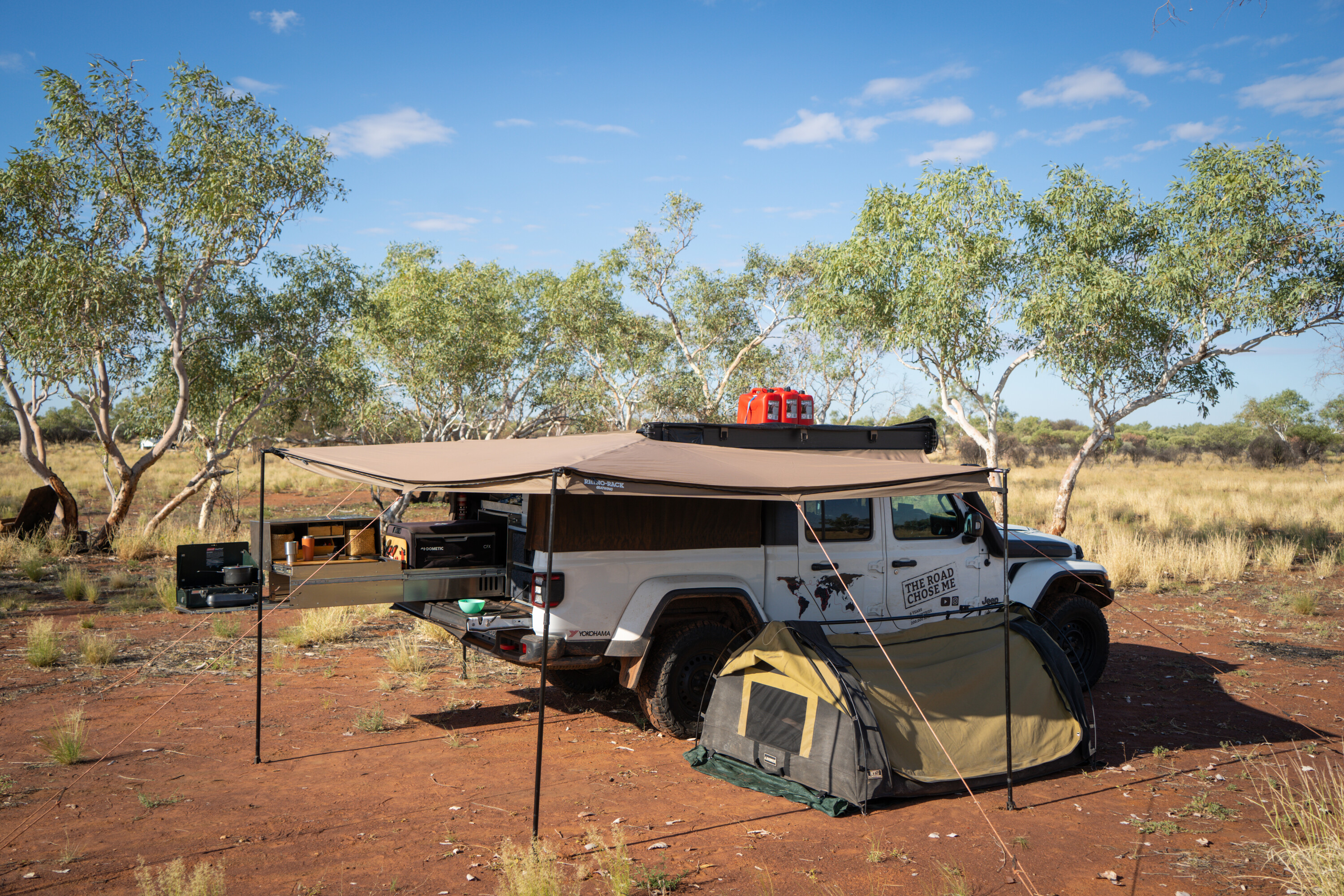
I was also repeatedly told two spare tyres and wheels are essential for tough Aussie conditions, and this was another piece of age-old wisdom I was more than a little skeptical of. I outfitted the Gladiator with Yokohama’s aggressive Geolandar X-AT tyres that blur the line between mud-terrains and all-terrains.
In all 60,000km I never once experienced a single tyre issue, and they performed flawlessly on everything I threw at them, from mud to beach sand, dunes, rock, clay gravel bitumen and all of that times 60,000, they were flawless.
While it might come as a shock to some, the Jeep itself was also flawless on its around-Australia adventure, never requiring so much as a bolt to be tightened.
A question of power
Over in the US the Gladiator comes with no less than three engine and two transmission options, while in Australia there is only one option: the tried and trusted 3.6L V6 Pentastar petrol engine mated to a ZF eight-speed automatic.
Sadly, we can only dream about the 3.0L EcoDiesel offered in North America, which would be ideal for touring in outback Australia. Putting out 193kW and a whopping 600Nm of torque, for once the yanks have access to a medium-size turbo-diesel engine that we Aussies do not.
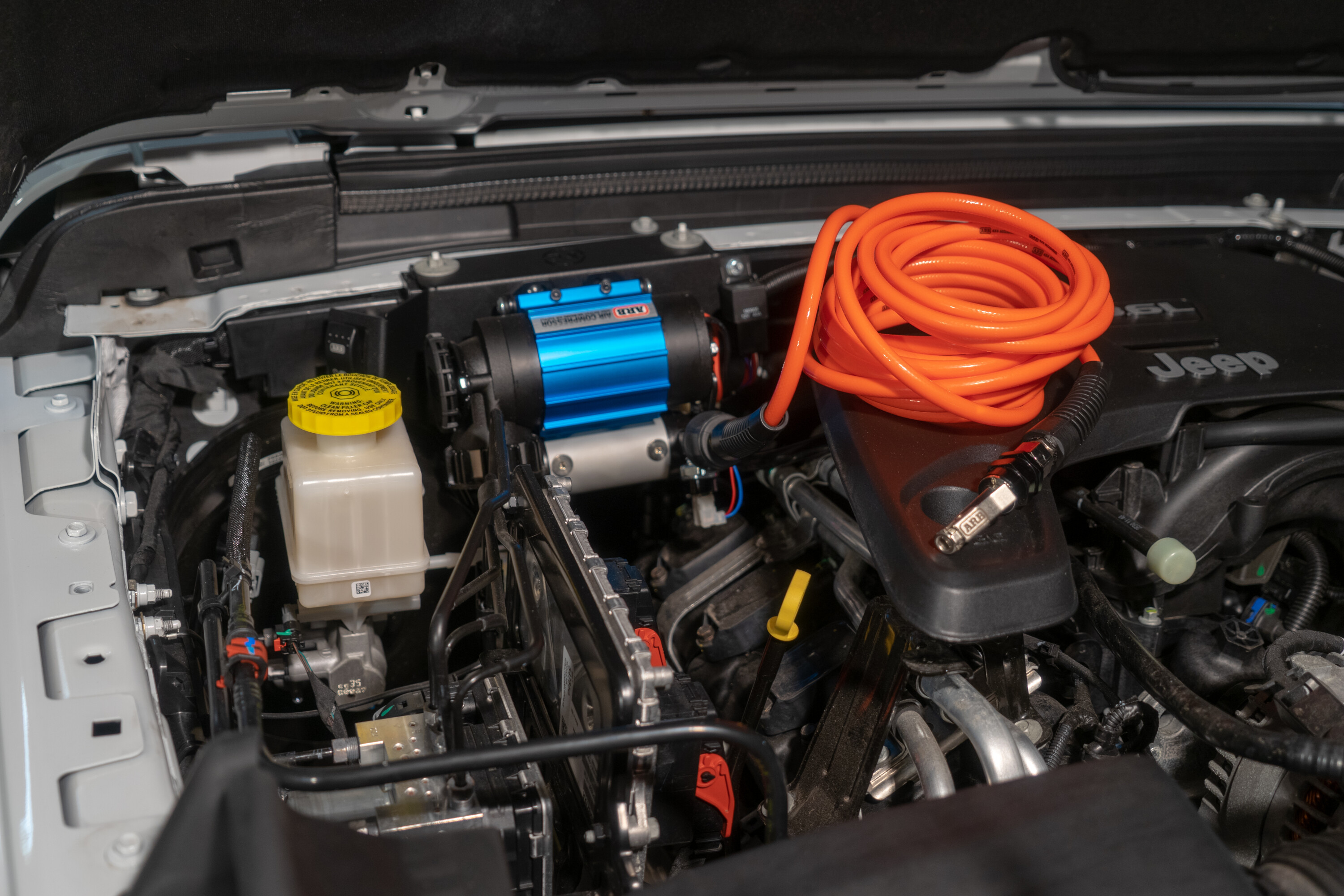
Officially, it seems the Italian-sourced oil burner doesn’t package into the right-hand drive Wrangler and Gladiator, which is a fancy way to say it doesn’t fit. More accurately, the bean counters ran the numbers and calculated the cost to make it fit exceeds the projected sales, so there is no business case.
The Pentastar V6 in my Gladiator puts out a respectable 209kW and 347Nm, making it no slouch, and for such a big vehicle it can leave unsuspecting vehicles firmly in the rear-view mirror if you’re willing to use a good deal of right foot. When it comes to soft sand climbs nothing beats horsepower, and climbing the endless dunes of the Simpson Desert proved downright easy, and we never needed to take a second crack at a single dune.
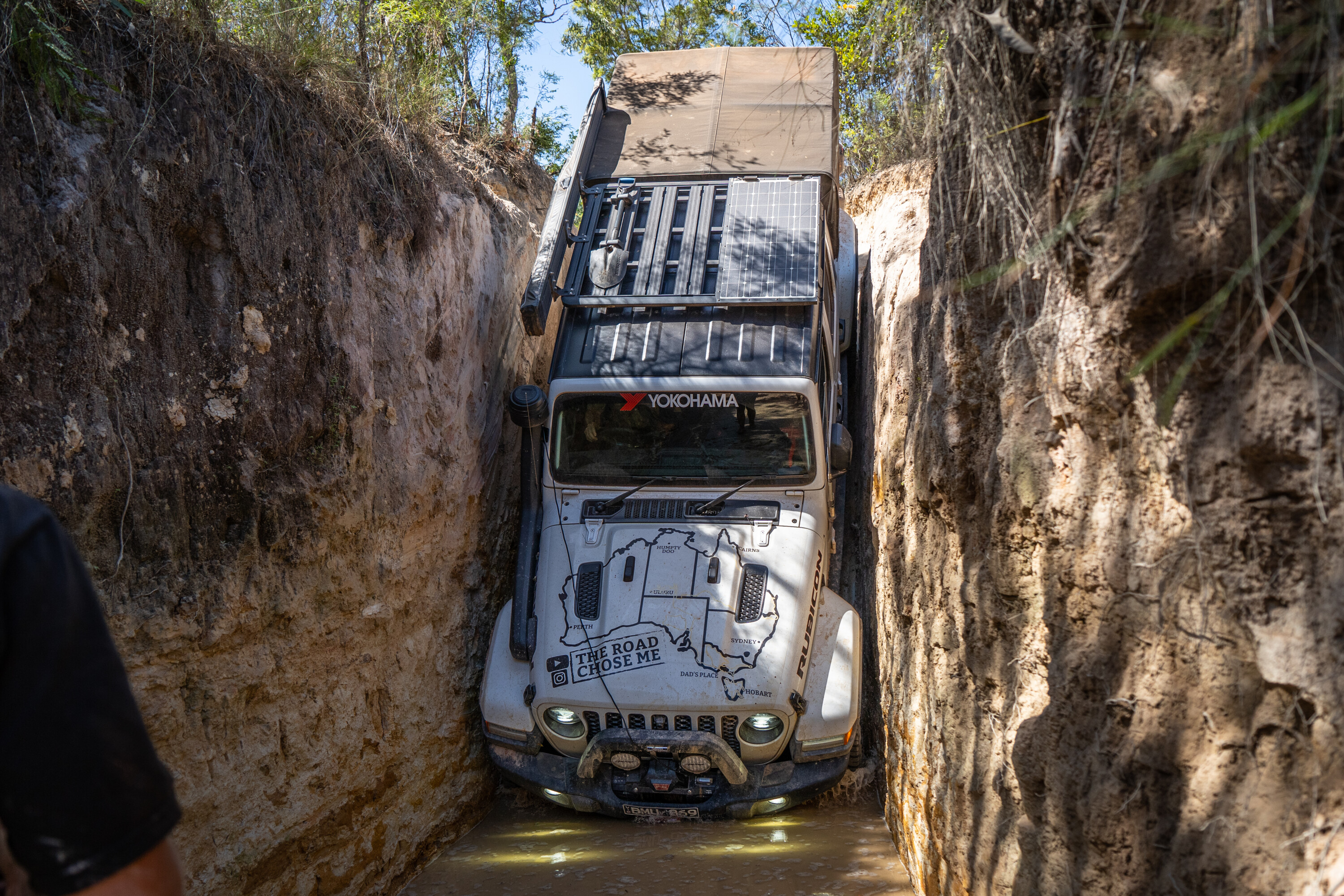
Even the mighty Big Red, arguably the biggest and steepest dune in the Simpson, proved no match for the Gladiator, which easily drove up the steepest line, rocketing to the top with an abundance of momentum.
When driving with a light foot on bitumen, the fully outfitted Gladiator managed an impressive 13L/100km, which due to the huge price difference between petrol and diesel actually made it cheaper to drive long distances than the diesel 4x4s it was surrounded by.
Fuel cost is by far and away the biggest expense of long-distance touring, and covering 60,000km in a single year results in quite the fuel bill. With the auxiliary tank often full, I never had a problem sourcing petrol, even in the remotest outposts.
Off-road capability
The Gladiator is essentially a Wrangler with a longer wheelbase, higher payload and larger storage capacity.
For a long-term tourer that means it has the off-road chops of the Wrangler while adding the ability to carry more fuel, more water and more food. That’s win, win and win.
With its coil springs and front swaybar disconnect, the Gladiator offers impressive axle articulation and it’s a flexing machine, nearly always keeping all four tyres on the ground to claw forward no matter how steep or how rutted the track. In stark contrast to the army of 78 and 79 Series Land Cruisers that lift front wheels at every opportunity, we hardly got the Gladiator to lift a wheel on the hardest lines on the Old Tele.
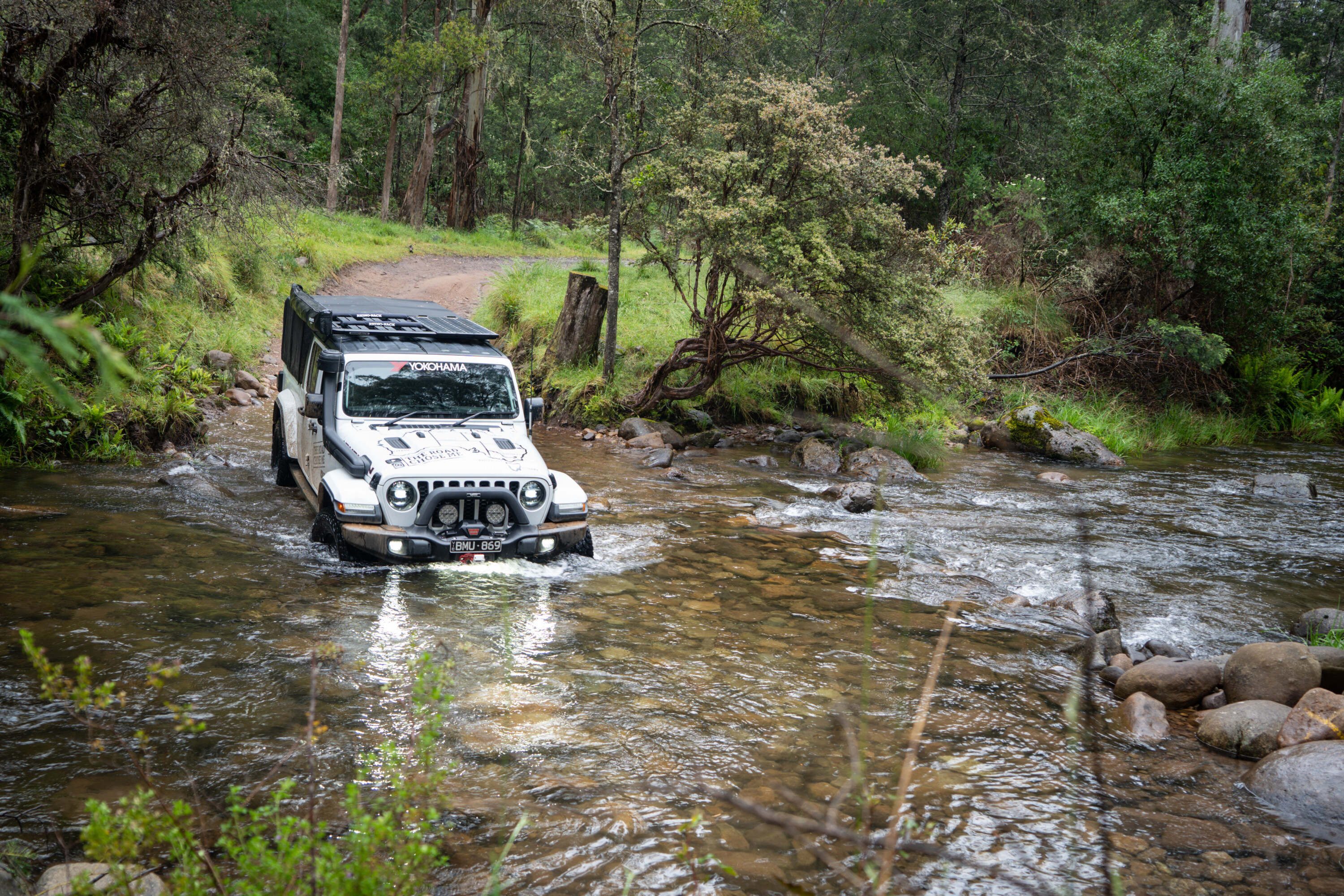
On several occasions on the Old Tele, my adrenaline peaked after helping other vehicles over sketchy hill climbs that had wheels lifting, engines revving and tyres spinning. Quickly we would all run over and stand on bullbars or hang off roof racks to keep vehicles from going over, while winch lines were frantically run out.
Once my turn came around, I would simply crawl to the top without lifting a wheel or even the slightest hint of wheel spin. In low-range first gear, the Gladiator can crawl forward much slower than walking pace, provinding an immense level of control and precision.
In all honesty, it made everything look and feel so easy, everyone stopped taking photos and videos of it, because there was no drama… and no chance of a roll over or nasty situation.
Smooth and quiet?
I never dreamed I would tour Australia with heated leather seats, Bluetooth, a heated steering wheel and a patrol V6 mated to a smooth and responsive eight-speed automatic transmission.
The Gladiator is as quiet on bitumen as any live-axle 4×4 could hope to be, and most impressively it maintained a comfortably quiet cabin on the seemingly endless corrugations of the Gibb River Road. While travelling companions in Patrols and Cruisers were wearing headphones and couldn’t even talk to their partners, Katie and I rolled along in relative comfort.
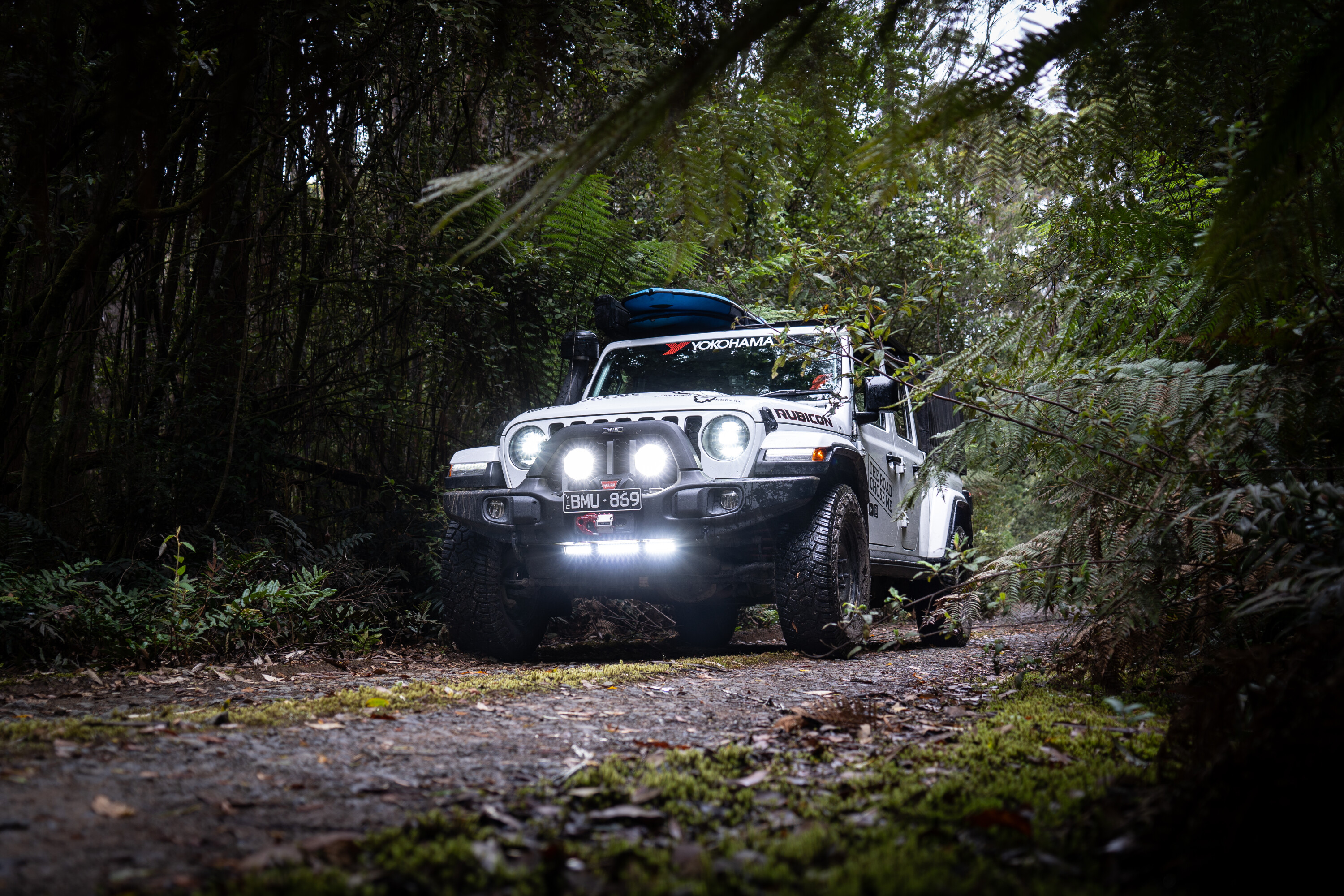
While tackling the Canning Stock Route I was a bit miffed by the continual descriptions and online discussions I’ve seen regarding the corrugations, which are famously Australia’s worst.
While they were undoubtedly bad, the Gladiator ate them up with ease, with drone footage showing the rear coils working just as they should to isolate the cab from the bouncing axles.
Verdict
After 12 months the lap was complete, and we rolled back into dad’s driveway after covering 57,250km on some of Australia’s most famous and notorious tracks.
I’d spent years dreaming about Australia’s most iconic 4×4 tracks and remote destinations, and now they’re all successfully in my rearview mirror.
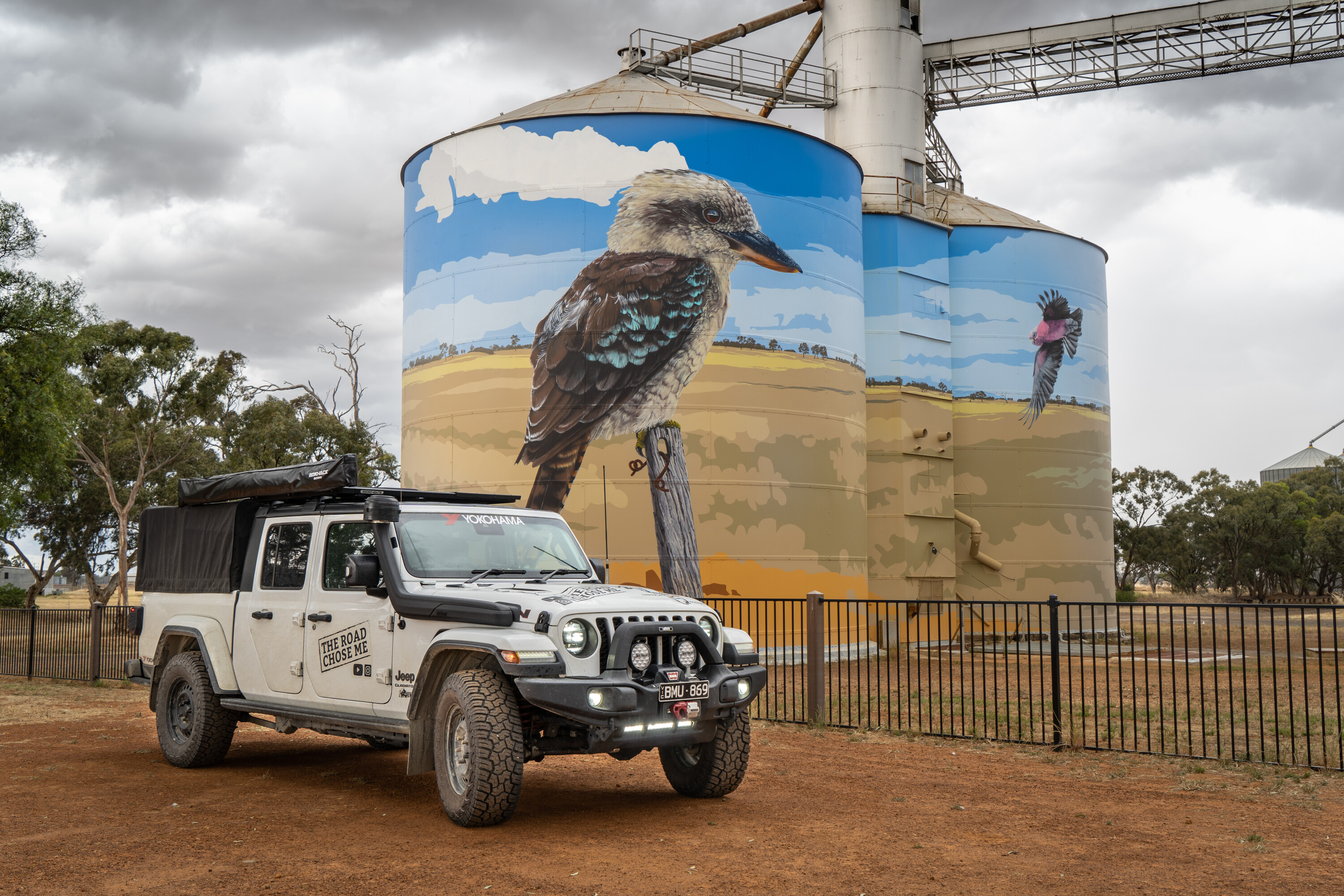
Discounting my own stupidity, across the tens of thousands of harsh kilometres the Jeep never once missed a beat. Not only did it eat up the corrugations and dusty kilometres of the Gibb Rover Road in comfort, it crested thousands of dunes in the Simpson Desert and along the Canning Stock Route, and it easily walked along the Old Telegraph Track.
While the Yanks back in Detroit surely didn’t design this ‘longer Wrangler’ with Aussie conditions in mind, it easily handled everything Australia could throw at it, never once giving the slightest hint of a problem.
The Good, the bad and the ugly
The Good
- Virtually unstoppable off road
- Flex for days
- Smooth and quiet 3.6L V6, 8-speed auto
The Bad
- No factory auxiliary fuel tank
- No diesel option
- Extra long wheelbase results in poor breakover angle
The Ugly
- Small payload for a ute at 600kg
Latest gear guides
-
Suspension
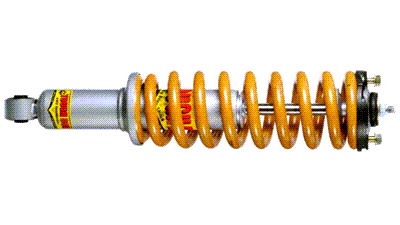
-
Lights
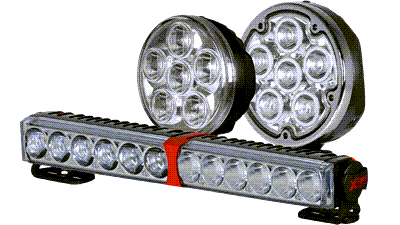
-
Canopies
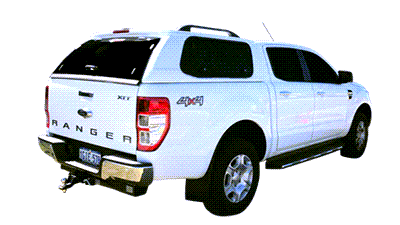
-
Bullbars
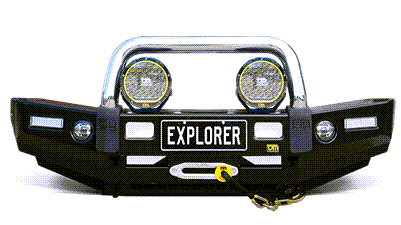
-
Roof Racks
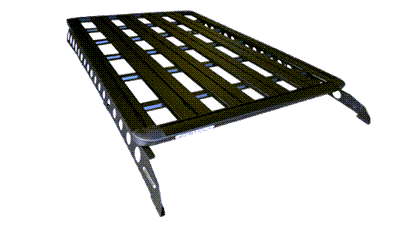
-
Recovery Gear
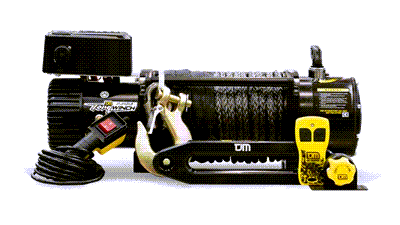
-
Storage
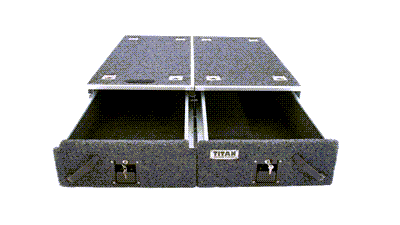
-
Tools
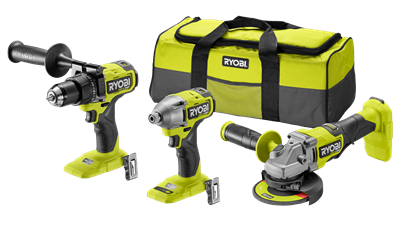
-
Camping
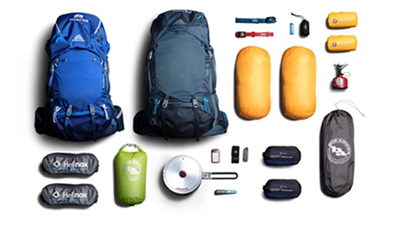
-
Tents & Awnings
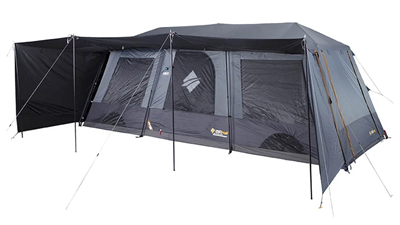
-
Portable Power
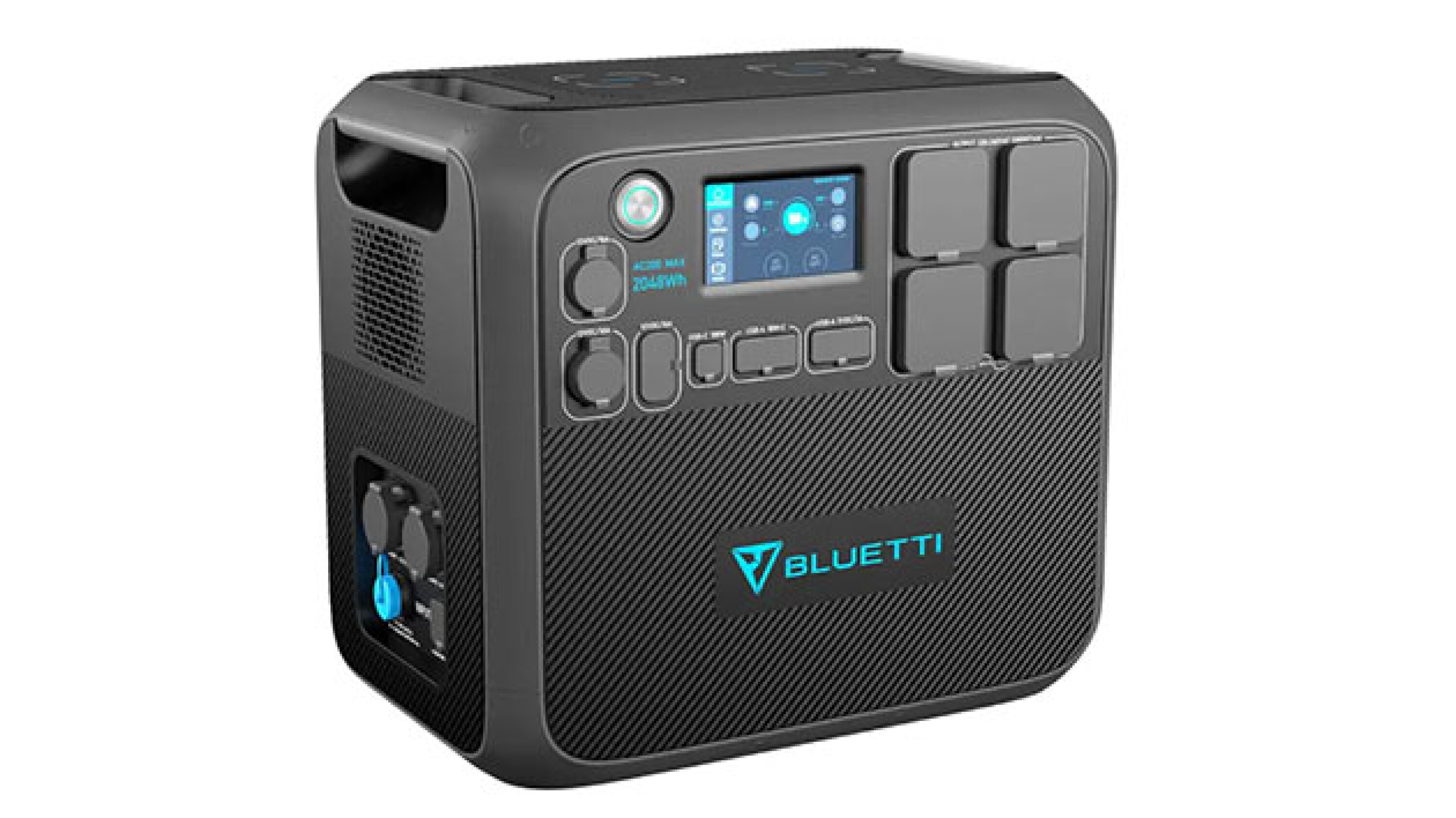
Gear and accessories
Driveline
- 3.6-litre V6 petrol engine
- 209kW, 347Nm
- 8-speed Automatic
- Front and rear locking diffs
- 77.2:1 crawl ratio
Suspension
- AEV 50mm DualSport RT Suspension
- AEV Steering Damper
Wheels and tyres
- Yokohama Geolandar X-AT 285/70R17
- Mopar Steel wheels
Recovery and armour
- AEV EX Front Bumper and Skid Plate
- Warn Zeon 10-S Winch with synthetic line
- AEV snorkel with dust pre-filter
- Maxtrax MKII Recovery boards
Accessories
- The Long Ranger 70L auxiliary fuel tank
- Lightforce Venom LED Driving Lights and 20 inch light bar
- Dometic CFX-3 55IM Fridge
- Overland Kitchen Truck Bed Expedition Kitchen
- Coleman two burner dual fuel stove
- 55L drinking water tank, filtration, pump
- Renogy DC/DC + MPPT Solar Charge Controller
- Renogy 100W Lightweight Solar Panel
- Renogy 50Ah Lithium Battery
- Rhino-Rack Backbone + Pioneer Platform rack
- Rhino-Rack Batwing 270° awning
- ARB Single Air Compressor
- Custom canvas canopy

